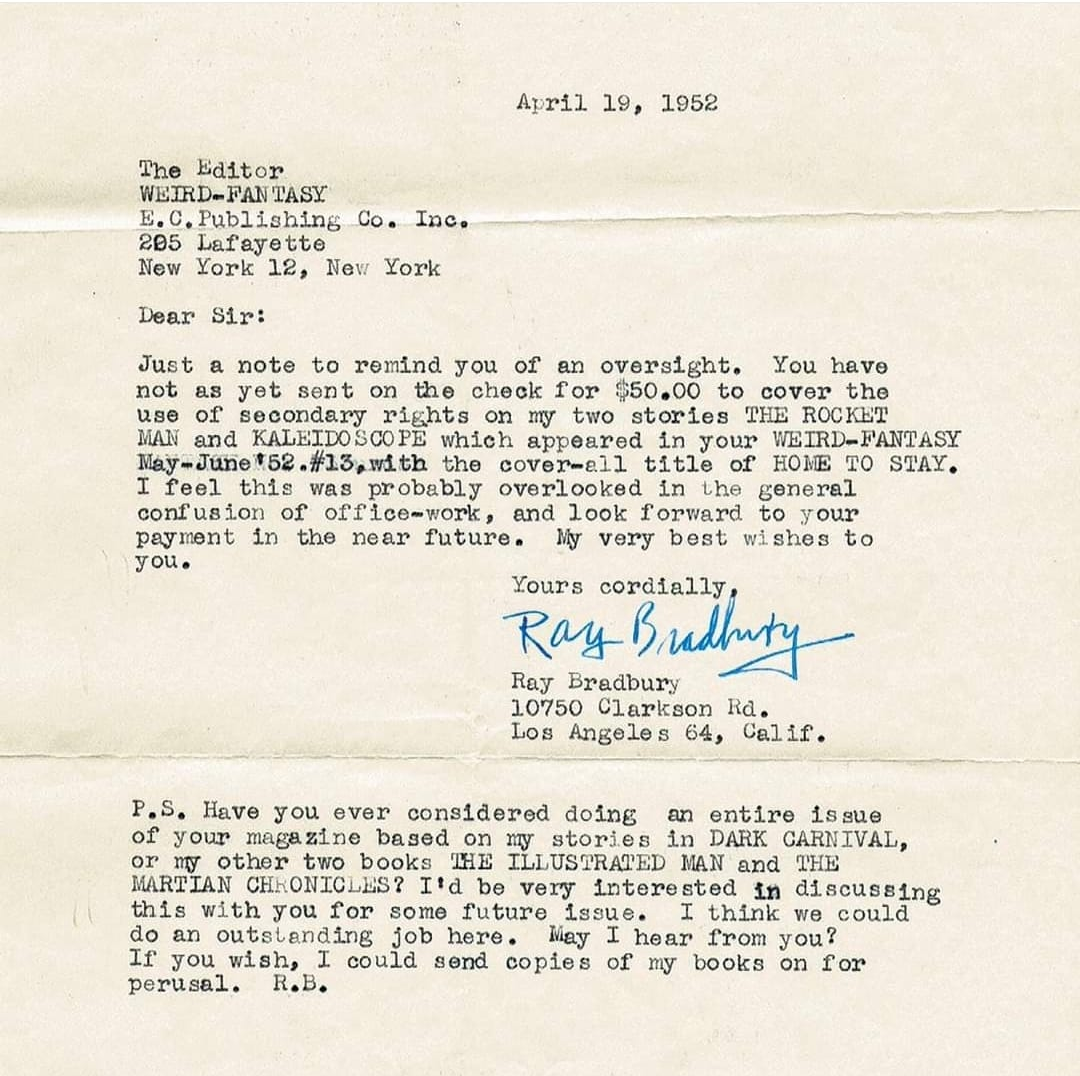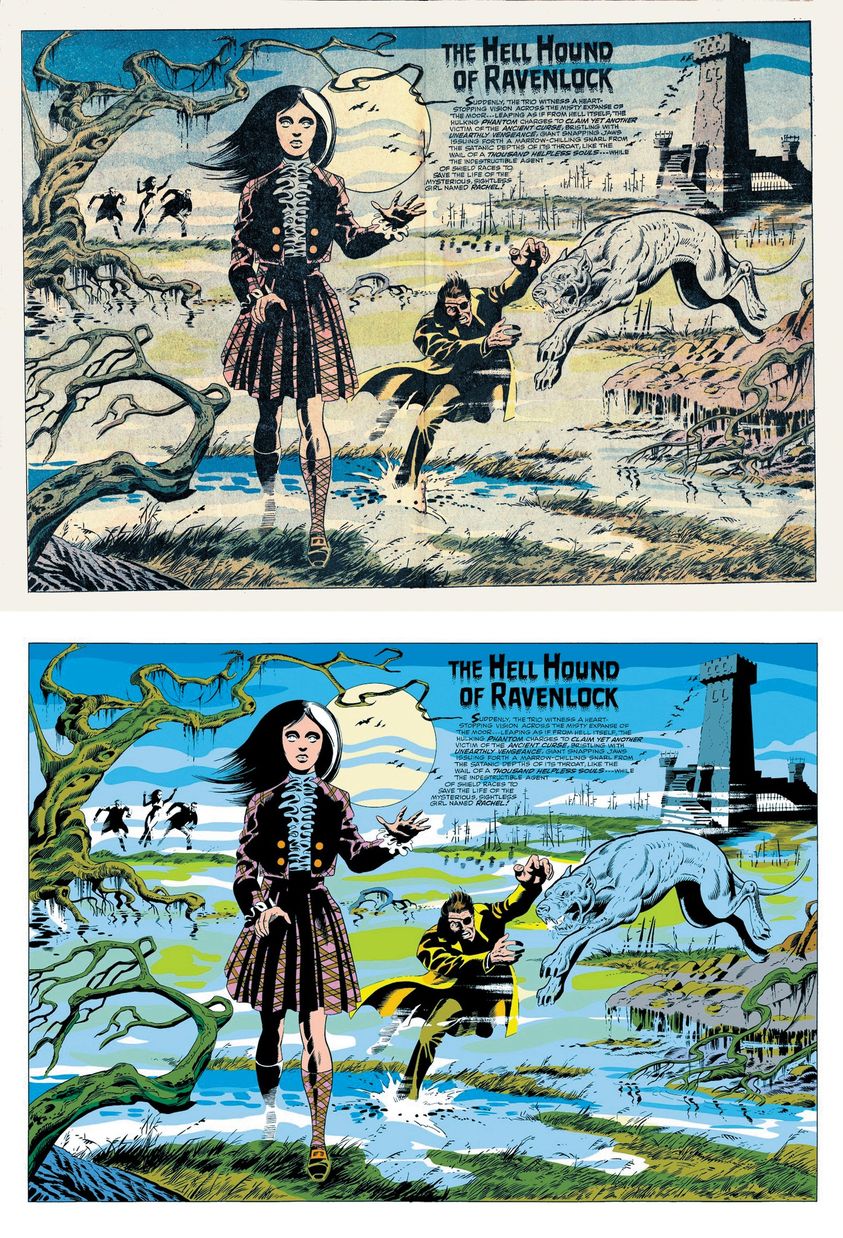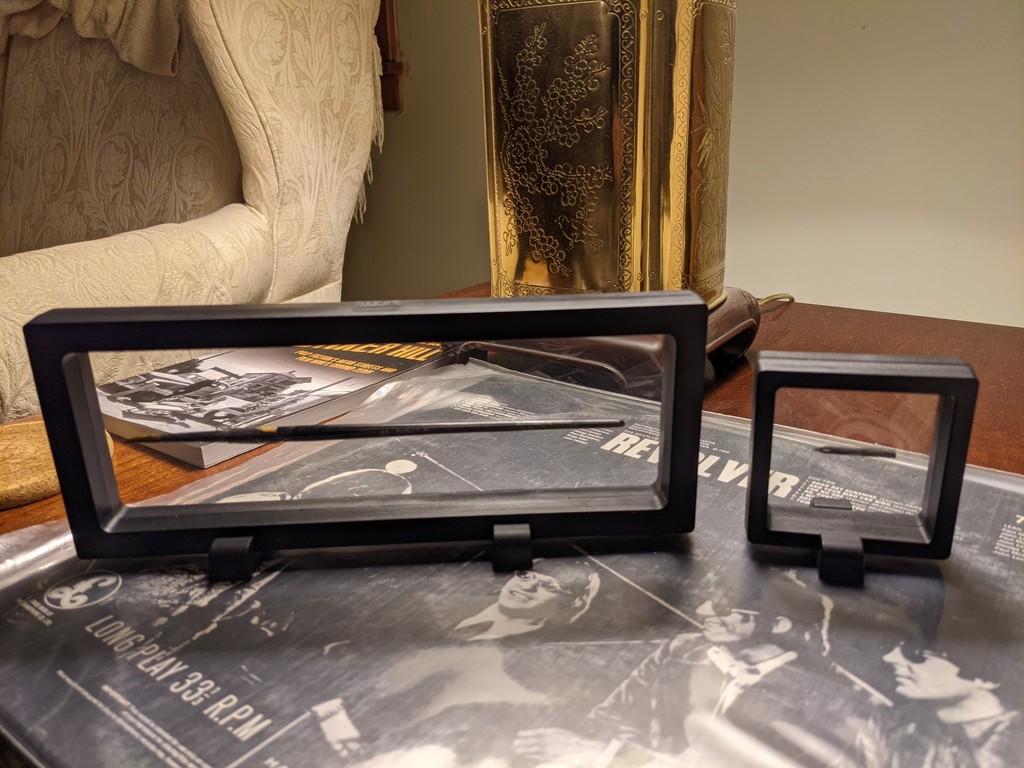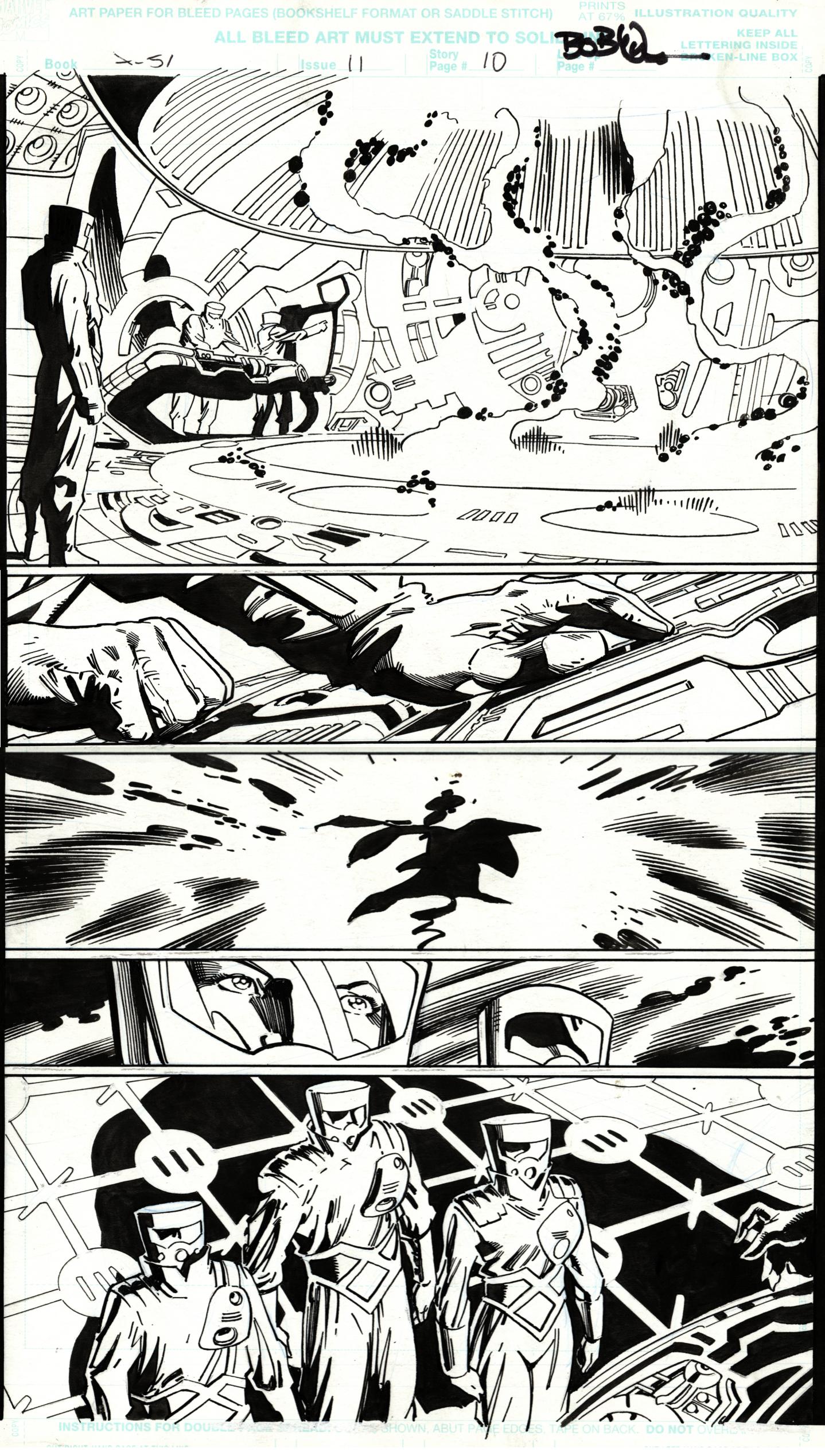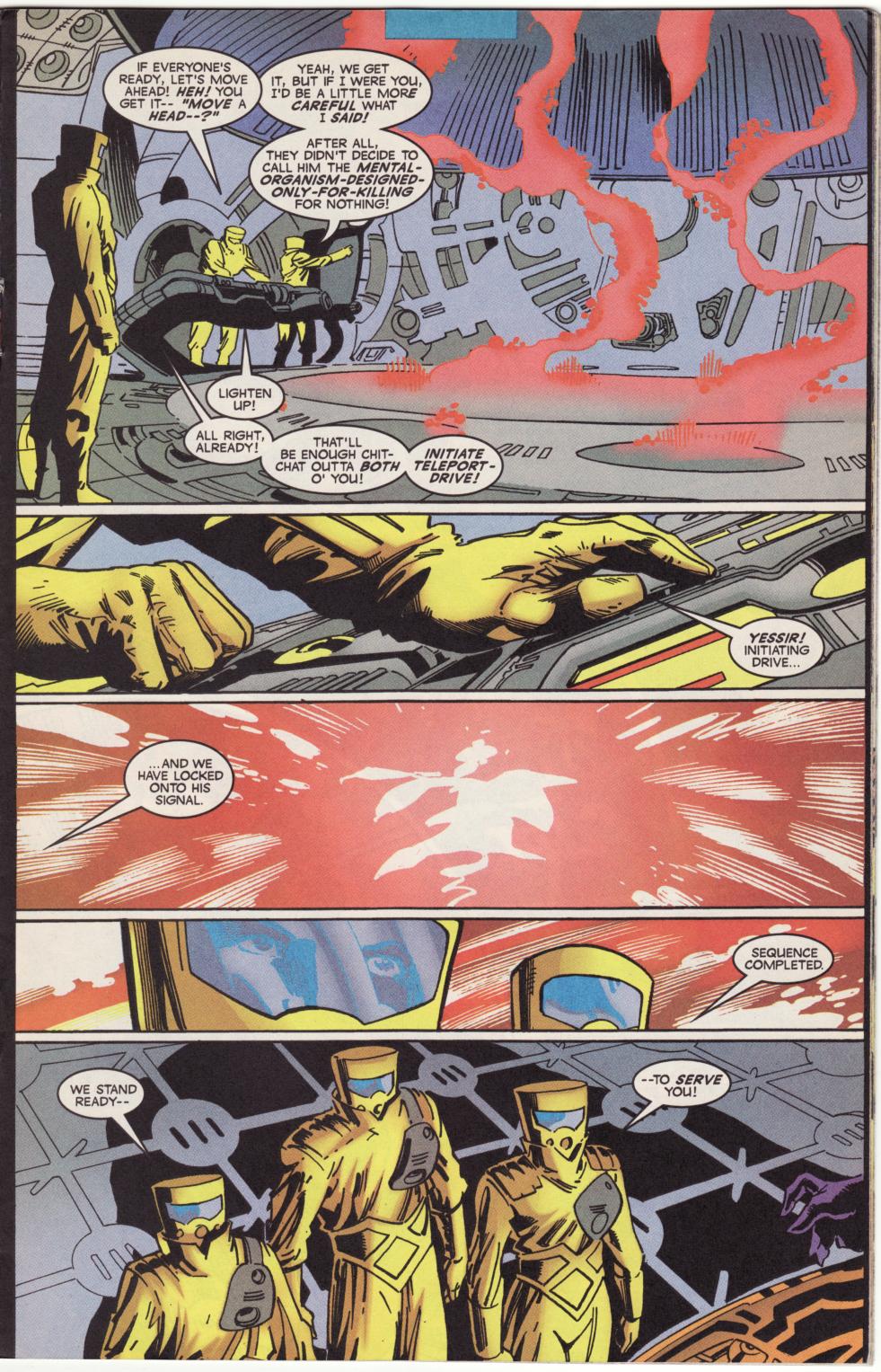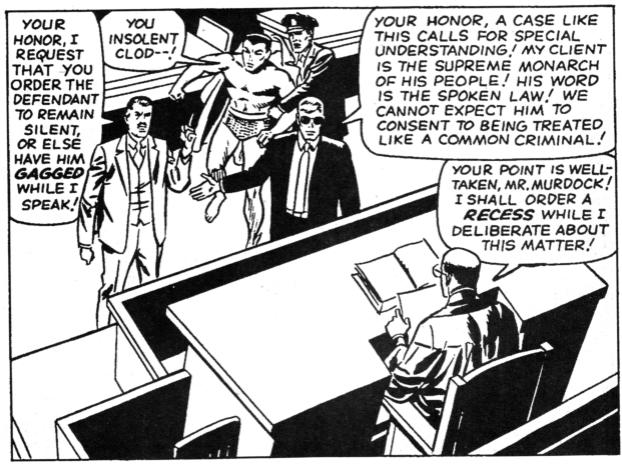Long ago, boys of a certain age — that would be 12 — would discover Ray Bradbury’s short stories. When Bradbury was a young writer, EC Comics adapted a couple of his stories without credit… or payment. What happened next is explained in this video.
This is the famous, curiously friendly, letter that Bradbury sent to the EC offices.
Update: April 1, 2024. Ed Piskor, one of the voices in that video, has committed suicide. Not an April Fool joke.

